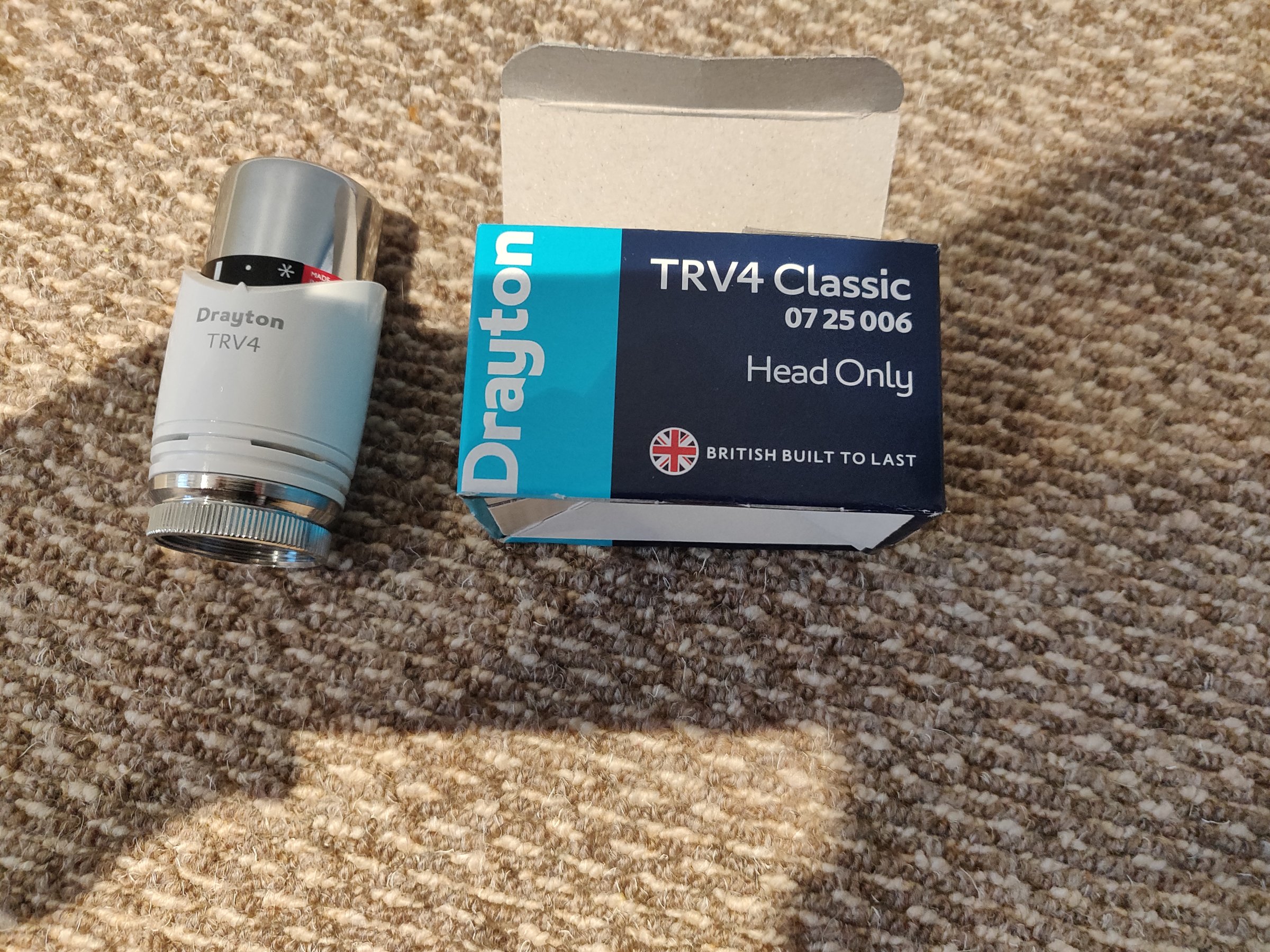On the topic of balancing, this is something I have always had to do on my system. However, I have never changed anything on the boiler, I have just used trial and error to set the appropriate temperature on the rads in various rooms. This normally meant that the first couple of rads on the system closest to the boiler would have the temp set low (but actually the rads were still plenty hot enough) and the rads furthest away from the boiler would have their temp set higher. As I day though, it was trial and error and took me a couple of winters until I got the correct balance across the house.
I had the same problem, what I did was compare target to current once the system has been running for some time, if target is below current then close the lock shield a little, and if target is above current then open the lock shield a little. However to do this clearly you need electronic heads which report both target and current temperatures.

With cheaper TRV heads it only shows the target,

so you need a thermometer to get current, I have found thermometers can give up to 10°C different readings depending on where placed in the room, in my living room at this time, windowsill above radiators shows 18.3°C and the two TRV heads show 19°C and 20°C with target at 19°C since the TRV has 1°C increments that's about as close as one can get. So put a thermometer some where near the TRV so should be around the same

air temperature and do some trial and error adjustments until you know if the TRV reading is accurate, the TRV head shown has an offset adjustment ± 3.5°C where the more expensive heads have twin sensors one for air and one for water so auto compensate.
I am honestly not sure if worth the extra money for expensive electronic TRV heads, because there are some features of the cheap heads like window open detect and warning if pin is either not opening fully or not closing fully which are not on the more expensive model, also being able to set eco and comfort so just press one button on starting to use room, well two buttons one to turn to comfort other to work boost 80% open on valve.
I have a draw full of new tower TFC group heads which will likely never be used, not a clue what temperature 3.5 is? I have an old TRV complete room at 19.9°C and it starts to allow flow at 2.3 approx. The newer Tower head on same valve starts to pass at 3 and not fully open until 4, which is not surprising as the old mechanical heads don't motor full range of pin and self adjust like the electronic type. But the old Mistral does seem to have a narrower band between starting to allow flow and stopping flow.
I have a Tower unit in my hand warming it up, so just passing set to 20°C suspect hand will heat to 30°C but more interested in time, and it took 2 minutes to close, and with just 1°C difference it would clearly take much longer, so within 5 minutes a radiator can go from cold to full heat, unless you use lock shield valve to slow it down, really want it to take around 10 minutes to give TRV chance to close.







